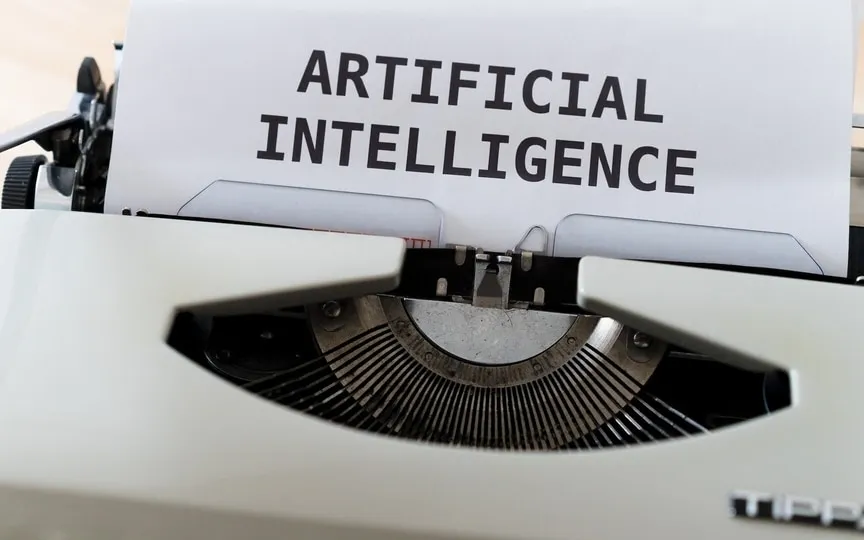Competition in the AI Chatbot Market: ChatGPT, ChatSonic, Google Bard, and Ernie Bot
In recent years, Artificial Intelligence (AI) has experienced a remarkable surge in growth, impacting various sectors including farming, healthcare, education, and industries. It is important to note that AI is not the same as Skynet from ‘The Terminator’. Many companies are embracing AI, with examples such as Tesla FSD and companion robots like Miko, EMO, and Cozmo. Additionally, AI-powered chatbots have emerged to assist users in various tasks such as creating content, engaging in conversations, and even generating new cocktails. The technology behind these chatbots is known as Generative AI.
What is generative AI?
Generative AI is artificial intelligence that can create new content such as text, images, audio and more. It examines the existing database and learns patterns to generate new and unique content. Generative AI models are also known as Large Language Models (LLM). They use special algorithms to process natural language and convert it into logic, which is then fed to the AI.
While ChatGPT is currently the most popular generative AI chatbot, there are several alternatives that work similarly, such as Google Bard, ChatSonic, and Ernie.
ChatGPT
ChatGPT is a generative AI model based on the GPT (Generative Pre-trained Transformer) architecture that feeds a large amount of text data into the program to help the AI learn the nuances of human language. You can ask ChatGPT any question (as long as it covers a topic before 2021) and it will find an answer curated according to the details of your query. Its GPT-based training means it can also understand the nuances of a question, even when presented in simple human language. In addition, it remembers previous prompts and adapts to the user when used during a long session.
Google Bard
Google Bard is based on the company’s next-generation language and conversational capabilities based on their LaMDA language model. Google Bard can generate different responses, even for the same or similar prompts and questions. When a user issues a prompt, Bard uses the context of the prompt and interaction with the user to create multiple versions of the response. The AI chatbot then classifies and checks its responses against predefined security parameters. If the user wants to see a different answer or set of answers, they can ask Bard to generate a new answer. Therefore, Google Bard should be used for creative collaboration, such as creating code for a program or captioning images.
ChatSonic
ChatSonic is another conversational AI chatbot that takes advantage of ChatGPT’s limitations. Unlike OpenAI’s generative AI model, ChatSonic can provide up-to-date information using the “Include Latest Google Data” option. Technologies such as GPT-4, Stable Diffusion, DALL-E, Natural Language Processing (NLP) and Machine Learning (ML) are incorporated into ChatSonic, allowing the AI chatbot to accept prompts and generate responses. Users can also choose a personality type, enable memory and more to make it sound like a real person!
Ernie Bot
Ernie, which stands for Enhanced Representation through Knowledge Integration, is a conversation-based AI chatbot developed by the Chinese company Baidu. It is currently China’s answer to OpenAI’s ChatGPT. It is based on Baidu’s in-house Large Language Model (LLM) Ernie 3.0-Titan and Pre-Tained Dialogue Generation Model (PLATO). Unlike ChatGPT, Ernie offers multimodal capabilities, meaning users can interact with the AI service using text and images in both prompts and responses.




